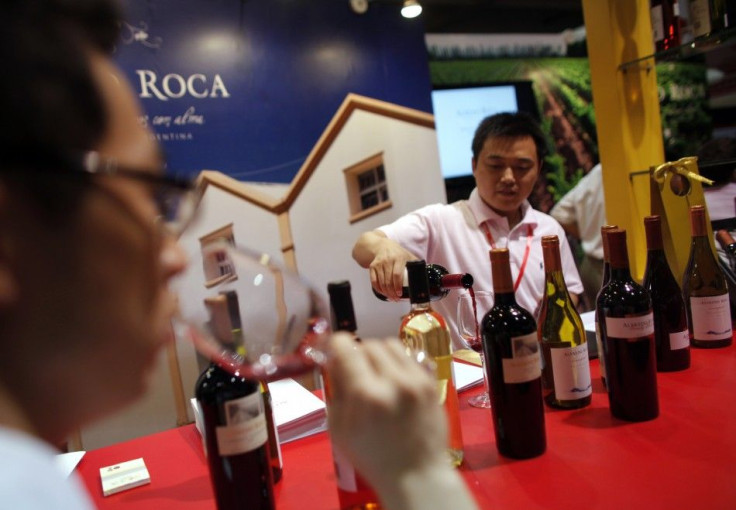New Asian buyers thirst for fresh wine tastes

The bubble may have burst in the Bordeaux market, but new Asian collectors are seeking diversity and in some cases even choosing second growth Bordeaux for value, said Robert Sleigh, head of Sotheby's Asian wine department.
Global economic uncertainty has hit the Asian wine market, with demand falling for top Bordeaux at the auction house's first Hong Kong wine auction of the year in mid-January, leaving many bottles unsold.
Though the auction overall raked in sales of more than $5 million, it failed to match its pre-sale estimate and only 85 percent of the lots found buyers.
Some of the prices are a little bit softer than the end of last year. That adjustment is really on the back of the historic price increases we've seen over the last three years, said Sleigh, referring to the top Bordeaux.
Those wines, including the prized first growths, have seen historic price rises from 2008, up to 400 percent at their peak, Sleigh said. But they'd come off those highs by some 5 to 20 percent by the end of last year.
Sleigh attributed some of the cooling interest to a growing thirst among investors for a far broader array of wines, and increasingly sophisticated tastes.
You're seeing a growing diversification of the market. Burgundy is very, very popular, he said, although he added that the supply of top quality Burgundy remains quite limited.
People are trying to get everything they can, and second growth, which has been undervalued for the last three years -- they're moving up as well. So I think it's the signs of a more sophisticated market and ultimately a healthier market.
Second growth Bordeaux -- some of which are known unofficially as Super Seconds for their quality -- have been drawing the attention of pan-Asian buyers from those in established markets such as Hong Kong and the mainland, all the way to newer collectors in Taiwan, Singapore and Indonesia.
There were really few brands that made an impact in the Asian wine market in recent years, Sleigh said.
That led to the top names increasing in value enormously and the second growths really got left behind, and they were undervalued. I think there is now a realisation that as people understand more about wines and more about how to trade them, that those wines ... have moved up to meet that quality level.
In addition, investors seeking a similar flavour profile to the Bordeaux that have been most popular in mainland China are diversifying somewhat to California wines, such as Cabernet Sauvignon-based wines from the Napa Valley, he said.
The new collectors have cut their teeth on the Bordeaux, the big names, the well-known names, and now they're ready to spread their wings a little bit and diversify, Sleigh said.
Overall, the coming year is likely to be one of price adjustments, with estimates finding their level and continuing to soften, then possibly flattening out towards the end of the year, he said.
At that point the fine wine market may show signs of improvement -- but all depends on broader macroeconomic conditions as well as supply and demand.
© Copyright Thomson Reuters 2024. All rights reserved.





















